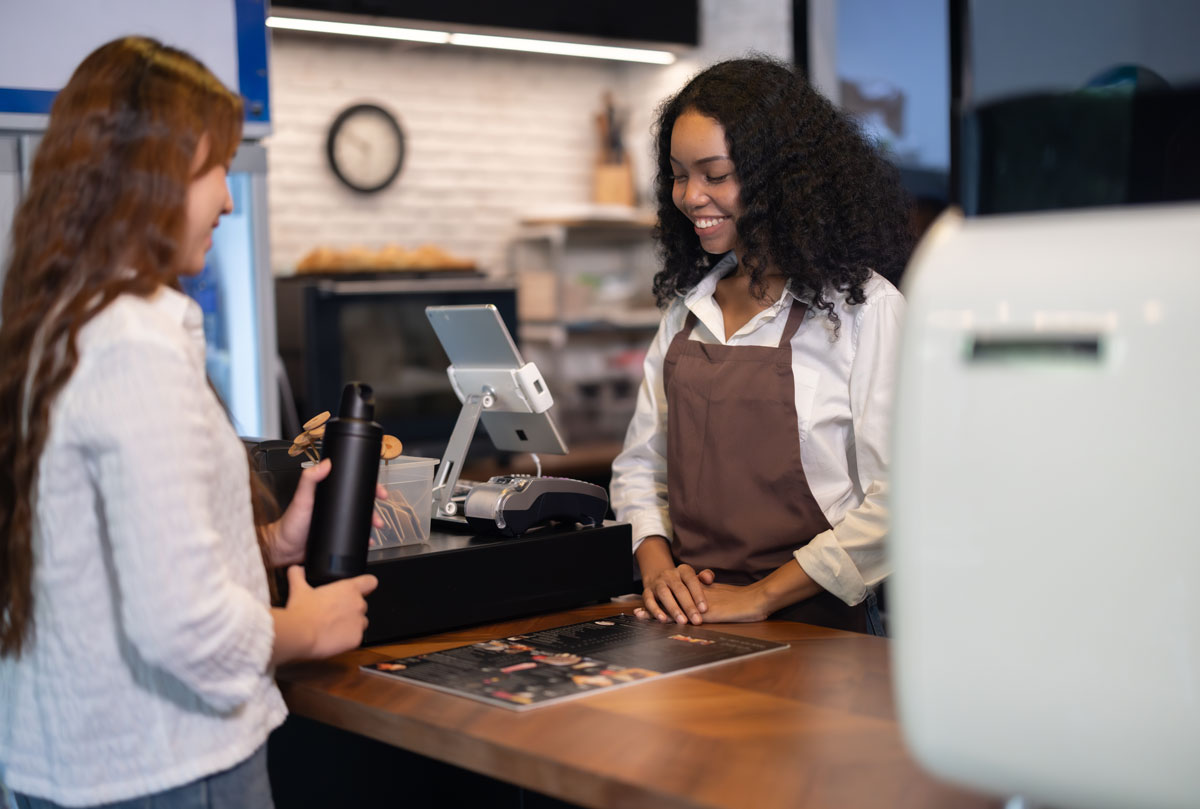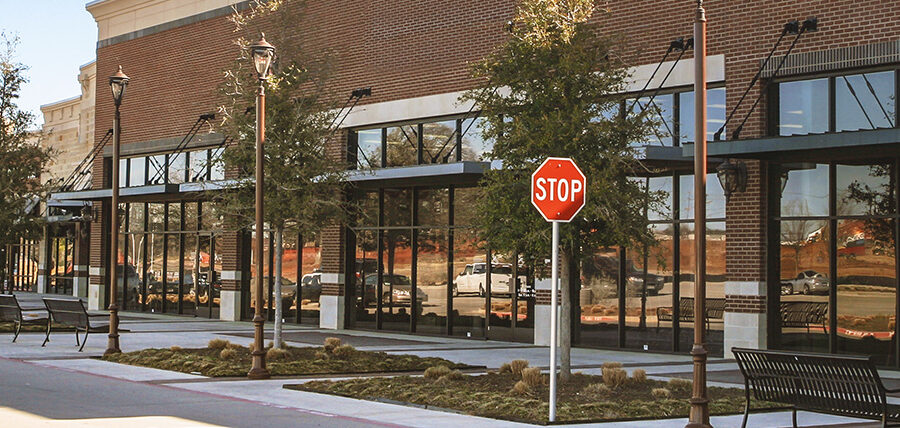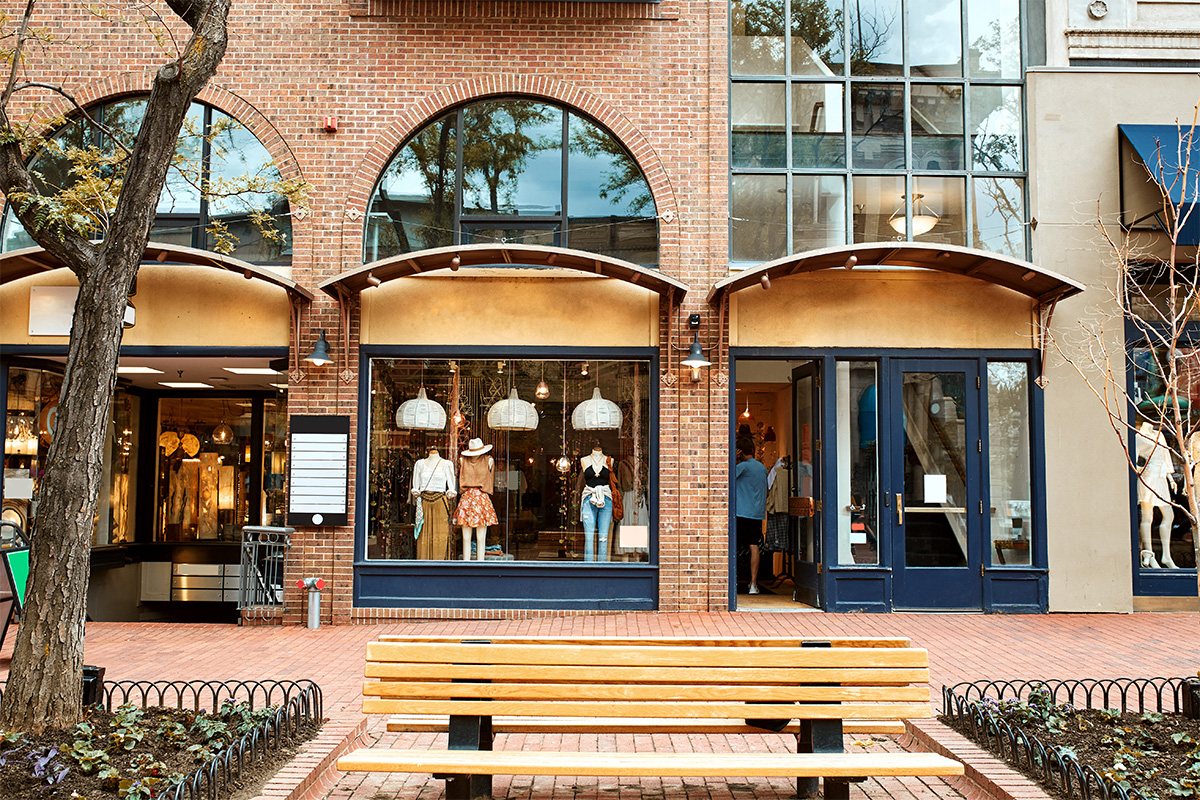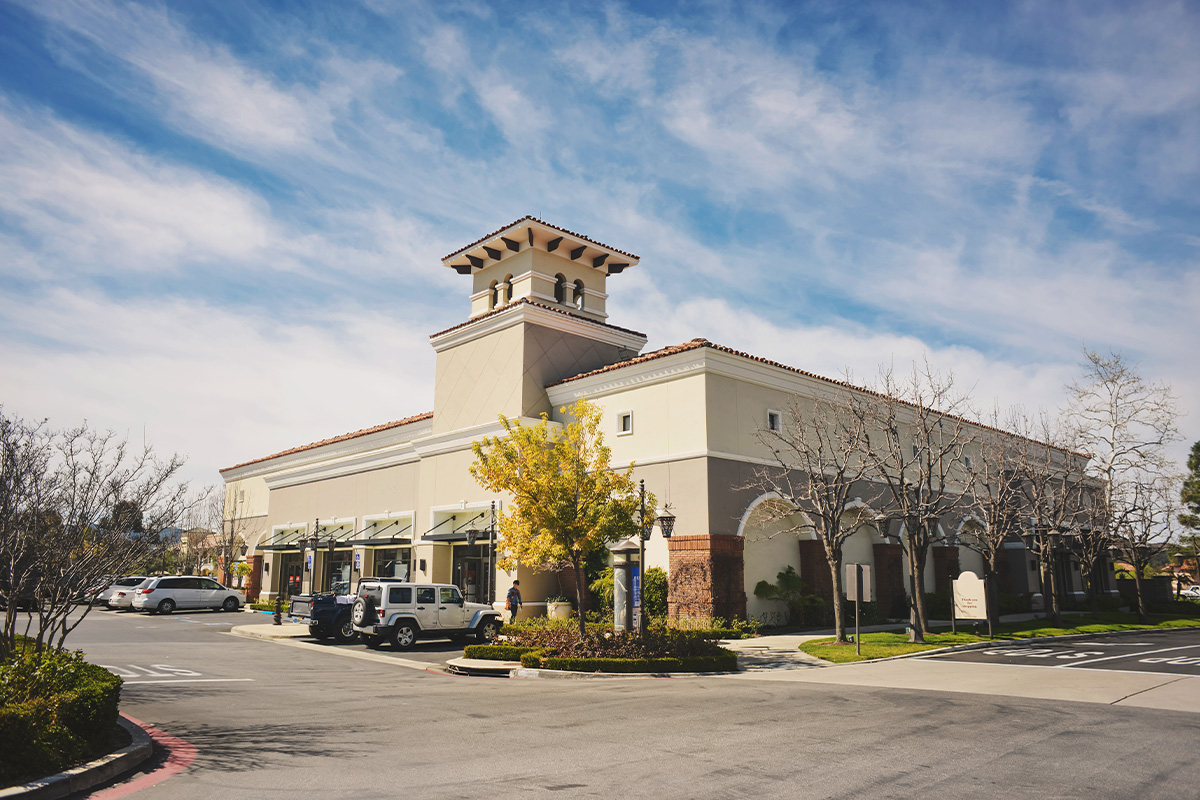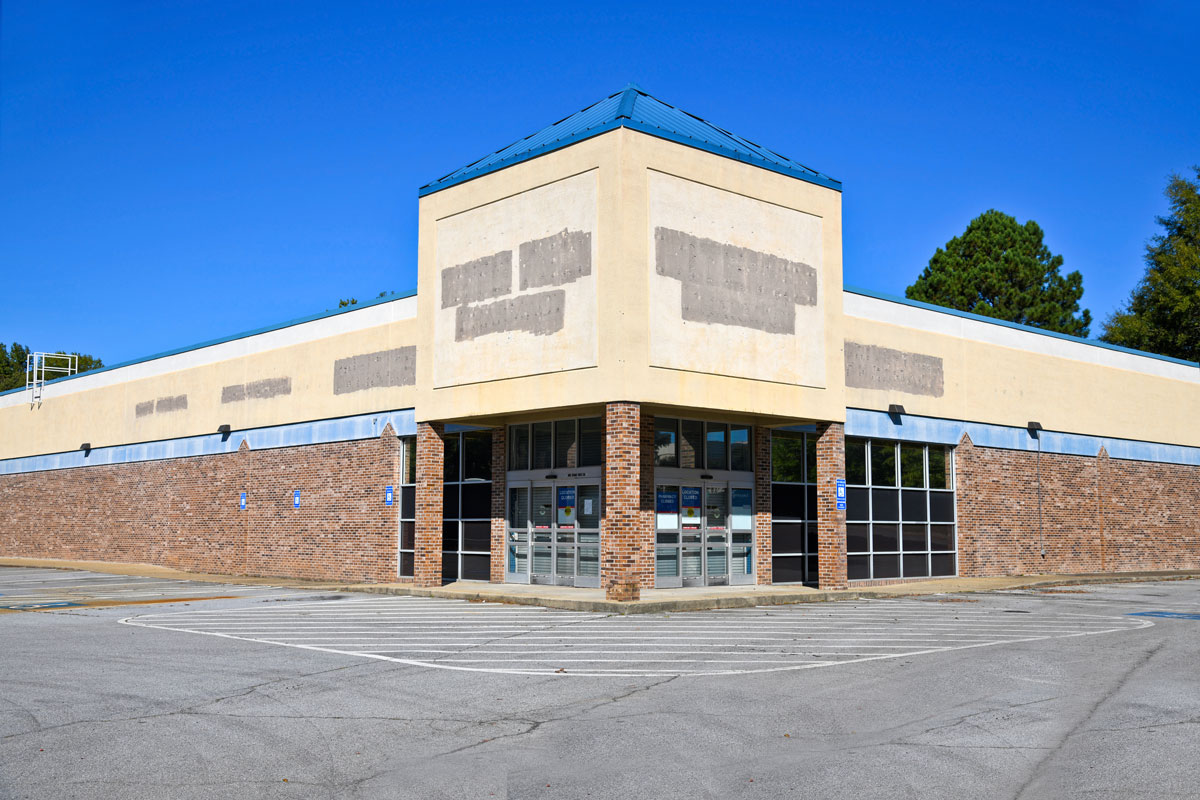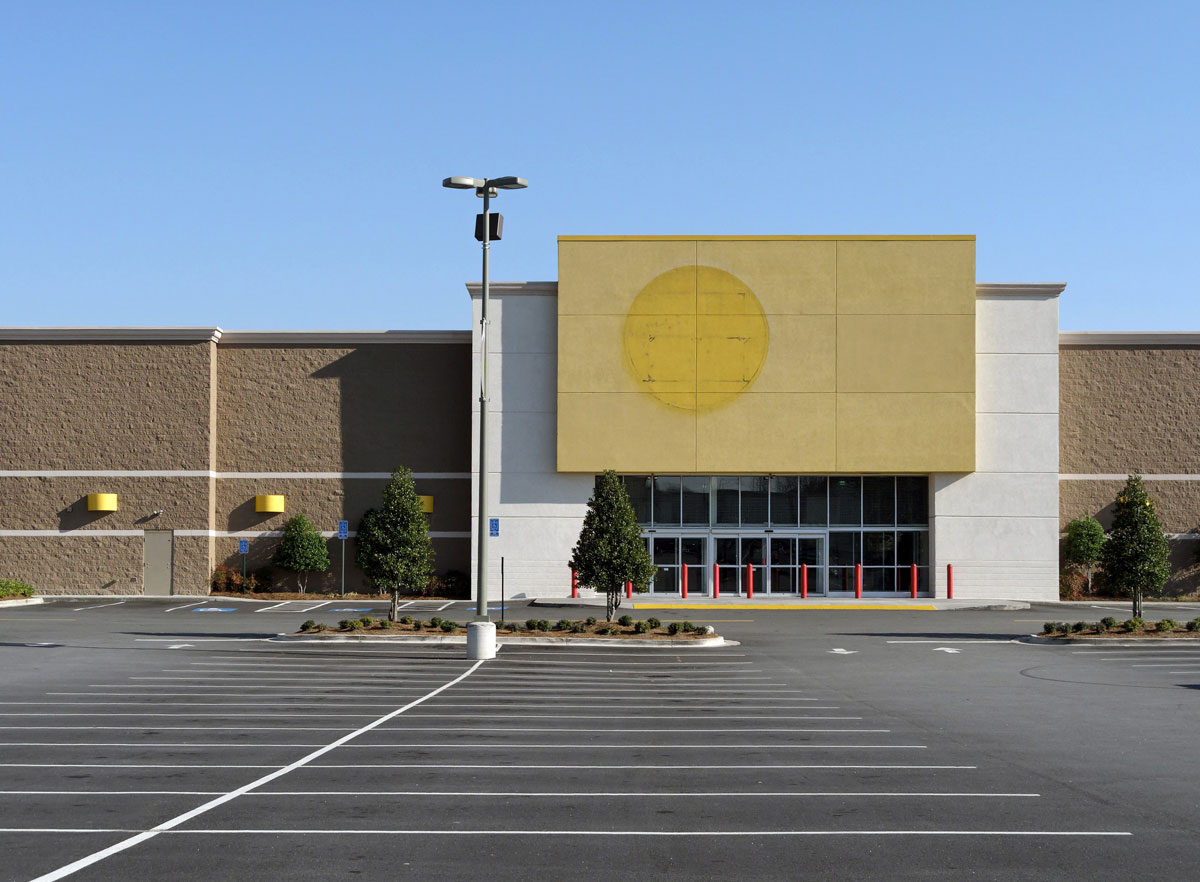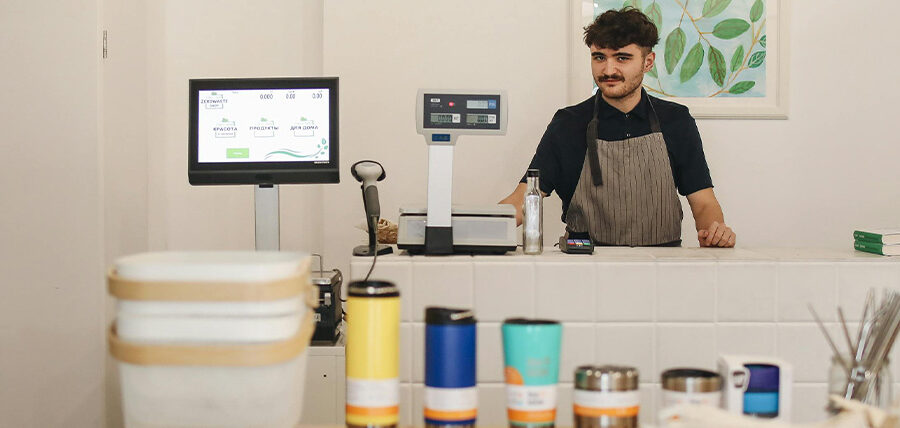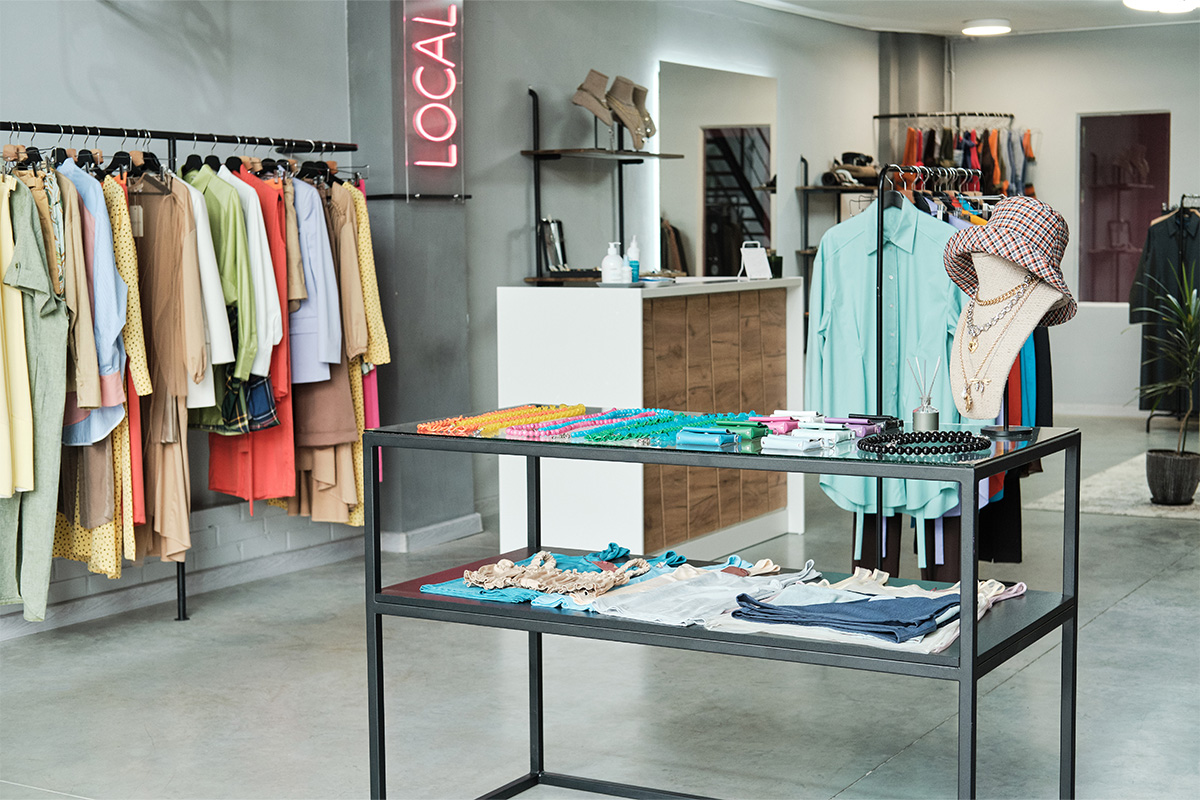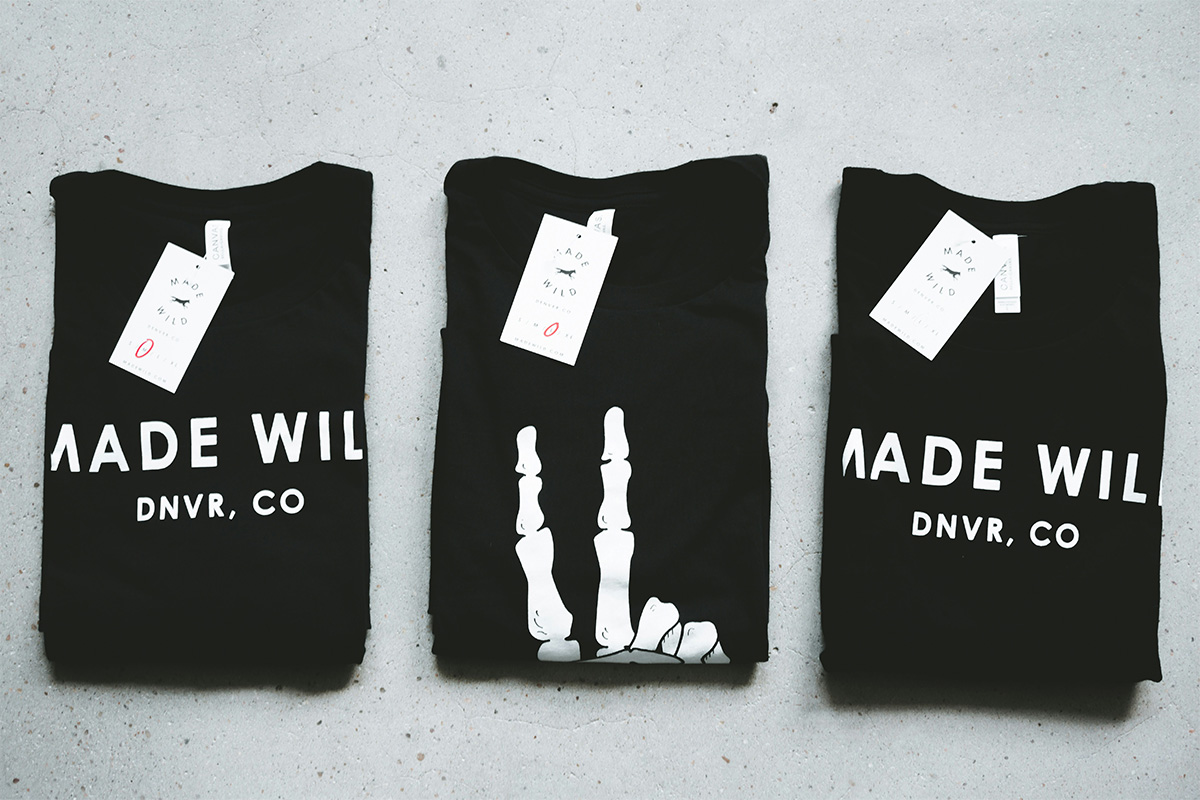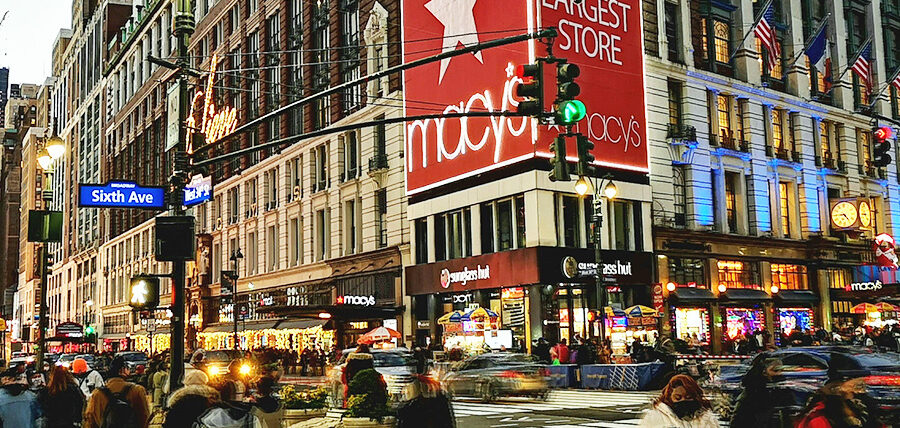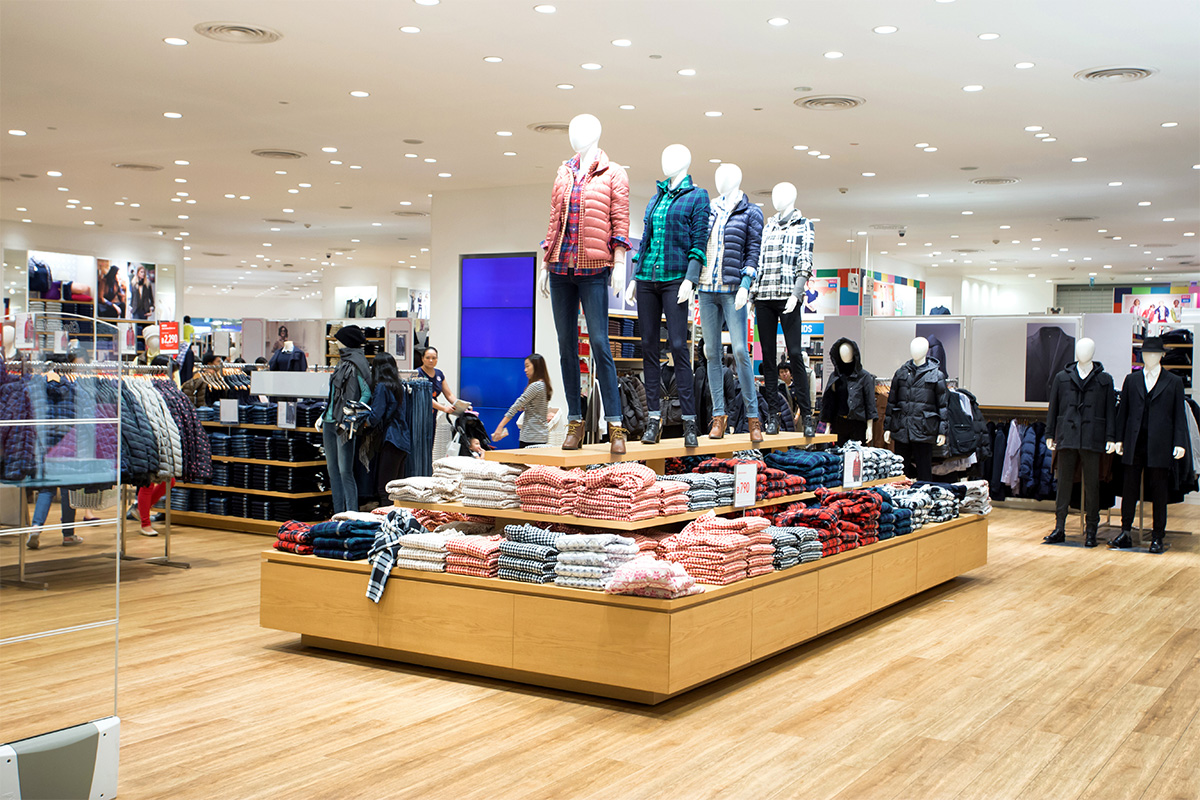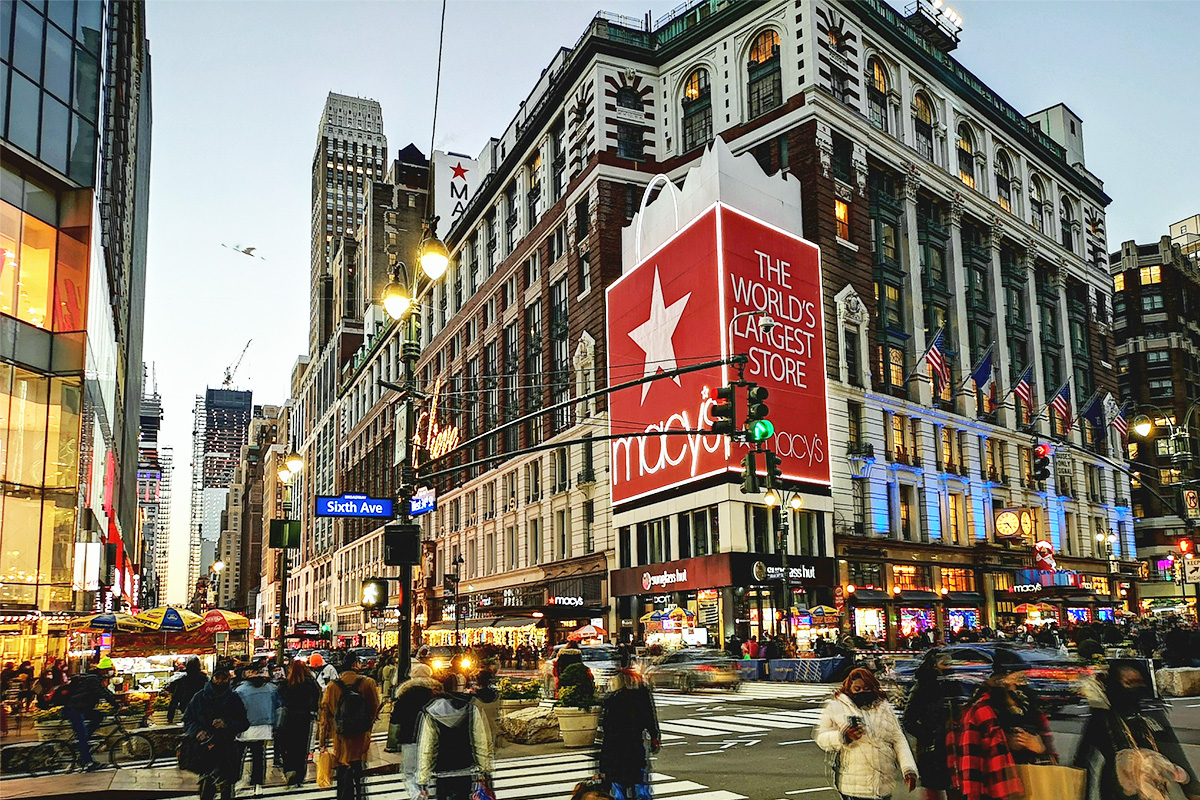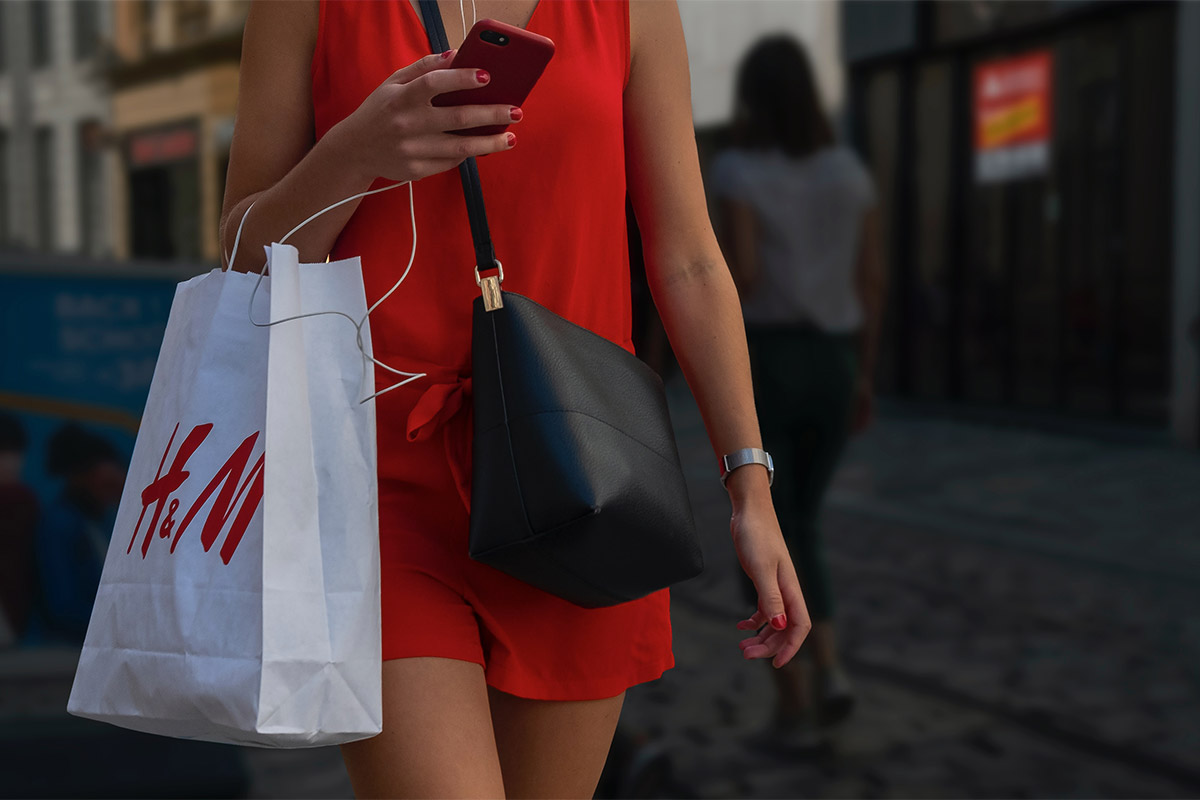Forget traditional luxury; Gen Z is here, and they’re redefining the luxury retail landscape with entirely new values. Their focus on inclusivity and sustainability is forcing brands to adapt or risk missing out on a massive opportunity. The question is, are luxury brands ready?
Values-Driven Consumers
Shaped by a world facing immense challenges, Gen Z prioritizes authenticity and social responsibility. Unlike previous generations, conspicuous consumption holds little appeal. Instead, they seek luxury brands that champion sustainability, diversity, and ethical practices. In fact, 62% of Generation Z prefer to purchase from sustainable brands and are willing to pay more for ethically produced goods.
Gen Z’s current $360 billion in spending power (up from $143 billion just four years ago) presents a pivotal moment for luxury retailers. This cohort’s loyalty hinges on brands that champion these core values. Failure to adapt could mean missing out on a massive market segment.
Luxury Brands Embracing Sustainable Initiatives
Recognizing the generation’s growing purchasing power, luxury brands are adapting their strategies to reach these consumers. From fashion houses to restaurants, companies are integrating sustainability into their core values and product offerings. This entails everything from using recycled materials and reducing carbon emissions to supporting charitable causes and fostering inclusivity in marketing campaigns.
Some luxury brands, like Loewe, Coach, and Veja, are embracing sustainability by opening recraft stores so that they can extend the life of their products and repurpose materials. Luxury thrifting is a growing trend that more brands are embracing.
Stella McCartney, a leading luxury brand in the sustainability movement, has introduced “the world’s first Mylo™️ garments created from vegan mushroom leather.” Gucci, Nanushka, Chanel, and Burberry are also embracing the idea of vegan leather and other sustainable materials.
Chanel has committed to significant changes to their production and packaging to help combat climate change.

Digital Natives & Social Mavens
Forget traditional tactics; Gen Z lives online. Luxury brands like Christian Dior are integrating AR and VR into their offerings, including AR and VR runways and Instagram filters, for immersive experiences that impress even these digital natives.
Social media is indispensable for reaching this generation, allowing brands to communicate their values, share behind-the-scenes insights, and forge authentic connections with consumers.
“Gen Z-ers are immune to traditional advertising. Authenticity and social impact make a difference. They want to feel a genuine connection when engaging with brands and these outspoken luxury and fashion shoppers are not afraid to voice concerns. More than one-third shared their opinions on social or political issues on social media last year.” EuroMonitor International
At the same time, social media has made luxury more accessible to younger, aspirational consumers.
“In a world of digitally native consumers, exclusivity has become less exclusive and, rather, more inclusive. Social media has been an influencing factor in this by allowing an insight into the inner workings of the luxury world. As a result, younger demographics view luxury as more approachable and accessible despite the price spikes orchestrated by economic headwinds. Younger Millennials and Gen Z & Alpha seek experiences beyond purely transactional; they seek deeper connections and close-knit communities that the luxury market can offer.” – Design4Retail
Luxury Is Evolving
According to Bain & Company, by 2030, Gen Z will account for 25% to 30% of luxury market purchases, while Millennials will account for 50% to 55%, giving luxury brands motivation to understand how to appeal to them.
YPulse ranked Gucci, Rolex, and Louis Vuitton as the top three successful luxury brands favored by Gen Z. They have something in common: they’ve shifted their marketing strategies away from a stodgy, old wealth approach to an accessible, modern approach. All three of these brands are visible online in gaming, the metaverse, and in NFTs. From Gucci’s presence in Roblox to Louis Vuitton’s partnership with Pharrell Williams, these brands are shifting the relevance of luxury to a new audience.
Some luxury brands don’t seem to be able to pull themselves away from that old money stodgy marketing approach, and it is reflected in last year’s RepTrak report, which revealed that of the luxury brands that typically claim the top spots, several fell significantly in rank, including Rolex and Mercedes.
Daniel Langer writes for Jing, “Storytelling excellence, superior on-brand experiences, and client-centric adaptability are the keys to tailoring client experiences to Gen Z consumers.”
Not all brands are able to make the transition from their old-style marketing to the new, digital-first, inclusive approach expected by Gen Z. If brands aren’t demonstrating honest, positive change at the corporate level, they don’t stand a chance.
As the luxury landscape experiences a profound transformation driven by the shifting values of Generation Z— a group that prioritizes purpose over prestige—brands will need to adapt to remain relevant and appeal to the next generation of affluent consumers. This shift toward sustainability, quiet luxury, and authenticity can help luxury continue to grow into the next decade









